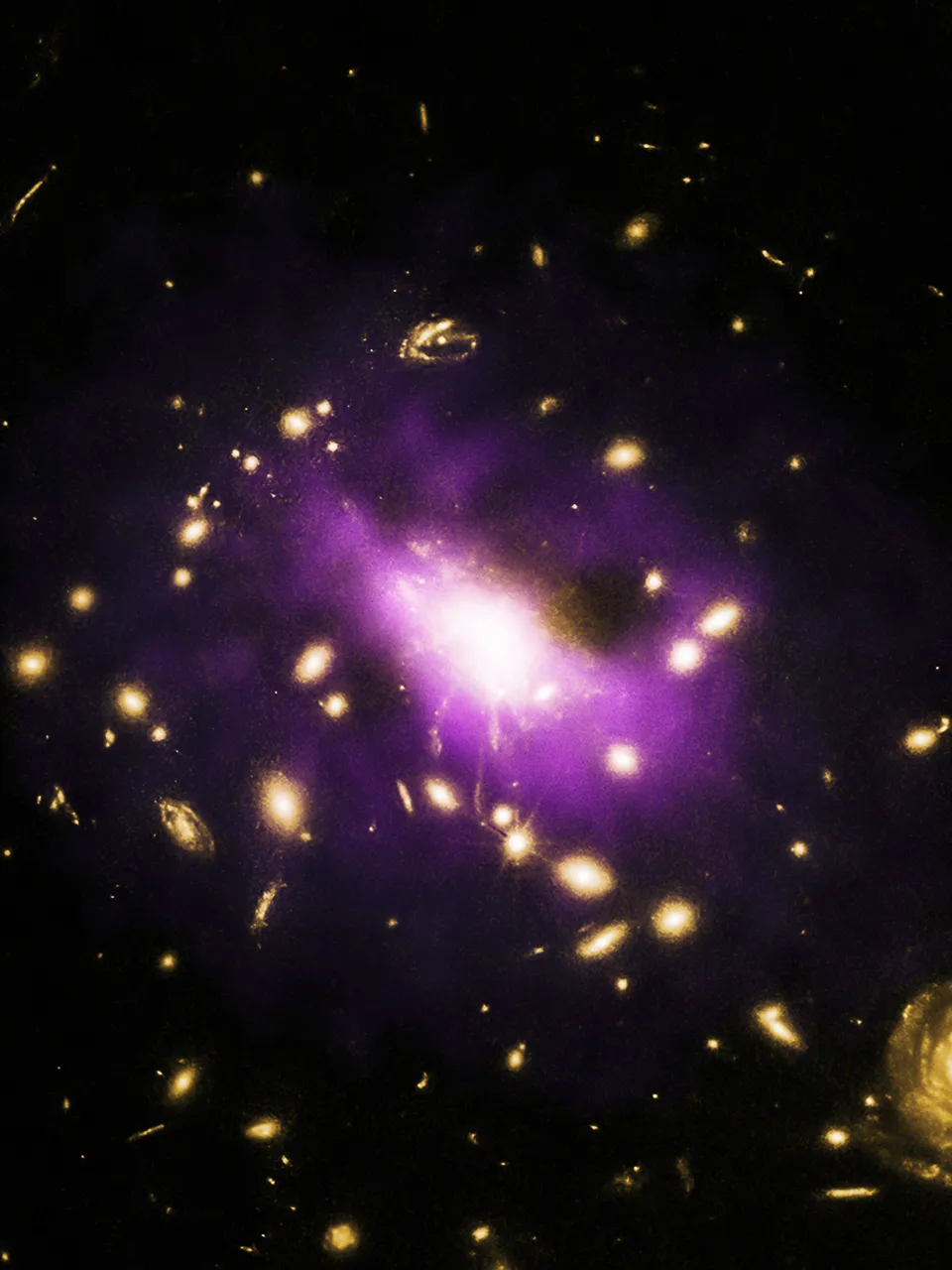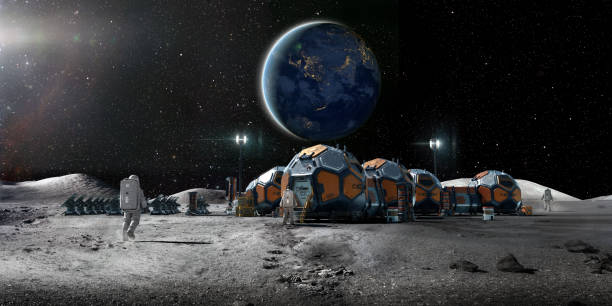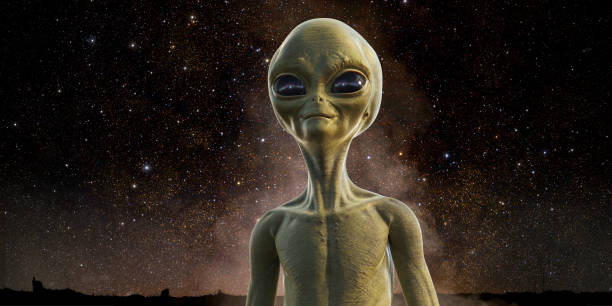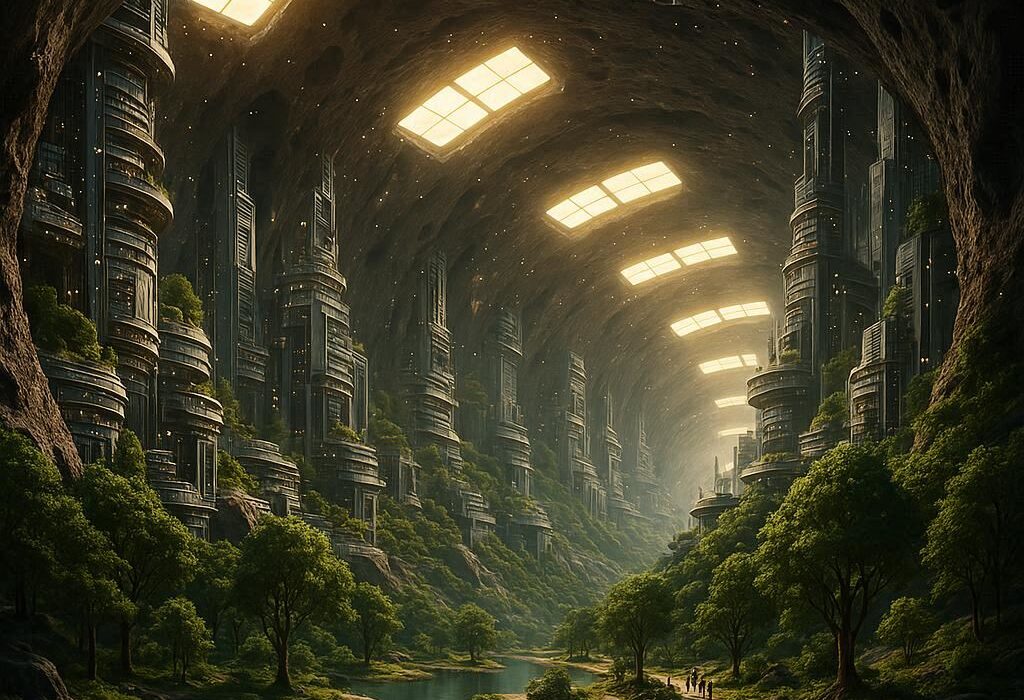Since the dawn of human curiosity, the cosmos has captivated our imagination. From the twinkling stars above to the enigmatic voids between galaxies, humanity has always sought to understand the universe’s deepest mysteries. Among the most profound and perplexing of these mysteries are black holes—cosmic regions where gravity is so intense that not even light can escape. These celestial phenomena have long been objects of fascination and fear, inspiring both science and science fiction. Yet in the modern age, a tantalizing question emerges: could humans, with their growing mastery of physics, one day create miniature black holes in laboratories?
The idea of producing a black hole on Earth evokes a mix of awe, excitement, and trepidation. On one hand, it represents the pinnacle of scientific ambition—a feat that would push the boundaries of human knowledge and allow us to probe the nature of spacetime, quantum mechanics, and gravity. On the other, it raises profound ethical and existential concerns. Could a human-made black hole spiral out of control? Could it swallow the very planet it was created on? To explore these questions, we must delve deep into both theoretical physics and experimental frontiers, traversing a landscape where imagination meets rigorous science.
Understanding Black Holes
To contemplate creating a mini black hole, it is essential first to understand what a black hole is. In essence, a black hole is a region in space where matter has been compressed to an extraordinary density, producing gravitational forces so immense that nothing, not even light, can escape once it crosses the event horizon—the boundary surrounding a black hole. Traditional black holes form from the collapse of massive stars at the end of their life cycles. When the core of such a star succumbs to gravity, it shrinks to a singularity—a point of infinite density—surrounded by the event horizon.
However, the universe hosts black holes of vastly different scales. Stellar black holes, formed from dying stars, range from a few to dozens of solar masses. Supermassive black holes, lurking at the centers of galaxies, possess millions or even billions of times the mass of our Sun. These titanic objects dominate their cosmic neighborhoods, shaping galaxies and influencing the evolution of the universe itself. Yet, physicists have theorized the existence of black holes at the opposite extreme: tiny, microscopic black holes, potentially weighing as little as a fraction of a gram, but with densities so extreme that they would still bend spacetime dramatically in their immediate vicinity.
The Concept of Mini Black Holes
Mini black holes, sometimes called micro black holes or quantum black holes, are not mere flights of fancy. They arise naturally in several theoretical frameworks that extend our understanding of physics beyond the Standard Model. One such framework is string theory, which proposes that particles are not point-like but rather tiny vibrating strings. Certain versions of string theory predict that under extreme energy conditions, the fundamental fabric of spacetime could allow the formation of micro black holes.
Another context comes from theories involving extra dimensions. According to our familiar experience, the universe has three spatial dimensions plus time. Yet some theories suggest additional spatial dimensions that are compactified and hidden from everyday perception. In these scenarios, gravity could behave differently at extremely small scales, making it theoretically possible for high-energy collisions to produce tiny black holes. These mini black holes would be far smaller than atoms but might still possess extreme gravitational effects in their immediate surroundings.
The allure of creating mini black holes lies in their potential to answer some of the deepest questions in physics. They could illuminate the nature of quantum gravity—a domain where general relativity and quantum mechanics intersect but are notoriously difficult to reconcile. They might reveal the existence of extra dimensions, shed light on the behavior of spacetime at the smallest scales, and even provide insights into the enigmatic information paradox, a problem concerning what happens to information swallowed by a black hole.
High-Energy Physics and the Laboratory Frontier
Creating a mini black hole is not as simple as squeezing matter into a small volume. The energies involved must be astronomical by everyday standards, though manageable in the context of particle physics. Modern particle accelerators, such as the Large Hadron Collider (LHC) at CERN, are the closest tools humanity possesses to achieving such conditions. The LHC propels protons to near-light speeds and collides them at energies reaching several teraelectronvolts (TeV). At these scales, particles can briefly achieve energy densities reminiscent of conditions in the early universe, just fractions of a second after the Big Bang.
Physicists have speculated that if extra dimensions exist, the Planck scale—the energy scale at which gravity becomes comparable in strength to other fundamental forces—might be lower than traditionally expected. In such a scenario, the high-energy collisions in the LHC could, in principle, create microscopic black holes. These black holes would be minuscule, evaporating almost instantly due to Hawking radiation, a theoretical process proposed by Stephen Hawking in 1974. Hawking radiation suggests that black holes are not entirely black but emit particles over time, eventually losing mass and disappearing.
The ephemeral nature of these mini black holes mitigates existential risks. Even if a laboratory were to produce one, it would vanish almost instantaneously, leaving behind detectable traces in the particle debris. Scientists would look for these signatures, which could confirm the formation of a black hole and provide unprecedented experimental evidence of theories that until now exist only on paper.
The Physics of Creation
Understanding how a mini black hole could form requires a journey into extreme physics. Gravity, despite being the most familiar of the fundamental forces in daily life, is extraordinarily weak at small scales compared to electromagnetism or nuclear forces. Compressing matter to densities sufficient to produce a black hole typically requires enormous mass or energy. For a black hole the mass of a human, the Schwarzschild radius—the theoretical radius of the event horizon—would be on the order of 10^-25 meters, far smaller than a proton. Achieving such a compression is beyond current technological capabilities.
However, the universe provides alternative paths. In high-energy collisions, energy itself can contribute to gravity. According to Einstein’s equation, E = mc², energy and mass are equivalent. Therefore, concentrating immense energy in a sufficiently tiny region could mimic the effects of massive matter, potentially creating a micro black hole. These would exist for unimaginably brief moments, curving spacetime around them before decaying into a burst of particles. Detecting such an event would require precision instrumentation, capable of tracking particle showers at femtosecond timescales.
The Role of Hawking Radiation
A pivotal factor in the study of mini black holes is Hawking radiation. Hawking’s groundbreaking work unified quantum mechanics with general relativity in a subtle way, showing that black holes are not eternal. Quantum fluctuations near the event horizon can generate particle-antiparticle pairs, with one particle falling into the black hole and the other escaping. This process slowly diminishes the black hole’s mass until it vanishes entirely.
For microscopic black holes, this evaporation would be extraordinarily rapid, perhaps on the order of 10^-27 seconds. While this brevity makes mini black holes impossible to observe directly in the classical sense, it produces detectable effects in particle detectors. Scientists could measure anomalous distributions of particles or unexpected energy signatures, indirectly confirming the creation of a black hole. Hawking radiation also carries profound philosophical implications. It challenges our understanding of information in the universe, suggesting that information swallowed by a black hole might not be lost forever, but somehow encoded in subtle quantum processes.
Ethical and Safety Considerations
The notion of creating black holes on Earth inevitably sparks concern. Could a micro black hole grow uncontrollably and consume our planet? The answer, according to current scientific understanding, is no. The tiny black holes that could be formed in particle accelerators would possess negligible mass, evaporating almost instantly due to Hawking radiation. Even in hypothetical scenarios where a micro black hole were stable, its interaction with ordinary matter would be so weak that it would pass through the Earth harmlessly.
Nonetheless, these considerations have prompted rigorous safety analyses. Before the LHC began operations, physicists conducted detailed studies, concluding that the accelerator posed no threat. Similar high-energy collisions occur naturally in the cosmos, where cosmic rays strike Earth’s atmosphere with energies far exceeding those of the LHC. If catastrophic black hole formation were possible, it would have occurred countless times throughout the planet’s history. The absence of such disasters provides strong empirical reassurance.
The Potential Rewards
Why then pursue such a perilous-sounding endeavor? The scientific rewards of creating and studying mini black holes are staggering. These experiments could provide direct evidence for extra dimensions, confirming long-standing predictions of string theory and related models. They could illuminate the behavior of gravity at quantum scales, a realm where our current theories remain incomplete. Mini black holes could act as laboratories for probing fundamental physics, offering a glimpse into processes that governed the universe in its earliest moments.
Moreover, the study of black holes intersects with some of the most profound questions of existence. By exploring their properties, scientists hope to understand the origin of spacetime, the unification of forces, and the fate of information in the universe. These inquiries are not mere abstractions; they touch upon the deepest aspects of reality, bridging physics, philosophy, and cosmology. Creating mini black holes in labs is, in essence, humanity’s attempt to hold a fragment of the cosmos in its hands, even if only for a fleeting instant.
Challenges and Future Prospects
Despite tantalizing possibilities, formidable challenges remain. Current particle accelerators operate near the limits of achievable energy. To reliably produce mini black holes, future experiments may require energies beyond present technology. Scientists are also developing new detection methods, capable of distinguishing black hole signatures from background particle interactions with unprecedented precision.
Theoretical uncertainties add another layer of complexity. The exact nature of quantum gravity is still unknown, and predictions regarding black hole formation rely on models that have yet to be experimentally verified. Nevertheless, the scientific community approaches these challenges with cautious optimism. Progress in related fields—such as high-energy physics, quantum field theory, and astrophysics—continues to refine our understanding and brings the dream of laboratory-created black holes closer to reality.
Philosophical Implications
The quest to create mini black holes is not purely technical; it resonates with the human spirit. It embodies the drive to explore the unknown, to push beyond the boundaries of experience, and to challenge the limits of comprehension. In seeking to create a piece of the cosmos, humanity confronts its own place in the universe. What does it mean to wield forces that shape spacetime itself? How does one balance curiosity with caution, ambition with humility?
The endeavor also blurs the line between observer and creator. Black holes, once distant and untouchable, become objects of direct human investigation. The laboratory becomes a microcosm of the universe, a stage where fundamental laws are tested and revealed. In this act, science transforms from passive observation into active participation in the cosmic drama.
Conclusion
The possibility of creating mini black holes in laboratories sits at the intersection of imagination, technology, and fundamental physics. It challenges our understanding of matter, energy, and spacetime, while offering unprecedented opportunities for discovery. Although significant technical and theoretical hurdles remain, the pursuit embodies the essence of scientific endeavor: a relentless curiosity, a willingness to confront the unknown, and a desire to expand the boundaries of human knowledge.
Humanity has always looked to the stars and wondered what lies beyond. The quest to create mini black holes is, in many ways, an extension of that ancient longing—a desire not only to understand the universe but to touch it, even if only for an instant. Through such bold exploration, we continue to redefine our place in the cosmos, carrying forward the legacy of thinkers who dared to dream beyond the visible, the known, and the ordinary.
Mini black holes may never become everyday laboratory tools, but their pursuit represents the pinnacle of human curiosity and ambition. In seeking to create the infinitesimal echoes of the universe’s most extreme objects, we confront both the limits of physics and the boundless potential of the human spirit. The laboratory, once a mere chamber of observation, becomes a crucible where theory meets reality, where the cosmos is distilled into human hands, and where the profound mysteries of existence are probed with courage, imagination, and awe.






